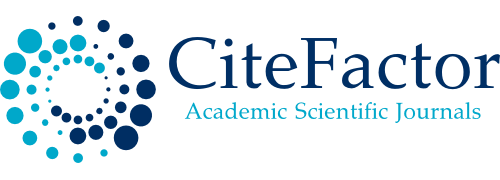A Comprehensive review on COVID-19 Variant: Delta plus and Omicron Variant
Keywords:
Delta plus, K417N, B.1.1.529, B.1.617, B.1.617.2.
Abstract
The Delta plus variant, often known as the K417N mutation and B.1.1.529 is known as Omicron, K417N was initially discovered in India in April 2021 and was first announced in the public health England bulletin on June 11th 2021, and the report was released in order to continue sharing detailed Delta surveillance information (VOC-21APR-02, B.1.617.2). On November the 1st Omicron case was reported by South Africa. Delta plus has also been discovered in nine other nations, including the United States, the United Kingdom, Portugal, Switzerland, Japan, Poland, Nepal, Russia, and China. Delta plus may have a modest advantage in infecting and propagating among those who have already been infected. The Indian variety of SARS CoV-2, also known as B.1.617, is a Coronavirus variant that had a key role in India's second wave of infection. B.1.617 has three noteworthy sub-variants. B.1.617.2, which was detected in India in December 2020, is the most concerning. In December 2020, a new sub-variant known as B.1.617.1 was discovered for the first time in India. B.1.617.1 was found in 50% of all reported sequences by late March, but the proportion dropped in April. B.1.617.1 is known as the "Indian double mutant," although this label is misleading because it has about 15 mutations when compared to older variants." The term "double mutant" refers to the presence of two mutations in the outer spike protein of the bacterium. Omicron is the 3rd wave of mutated variant stated by W.H.O during November.
How to Cite
Shubhrat Maheshwari, & Aditya Singh. (1). A Comprehensive review on COVID-19 Variant: Delta plus and Omicron Variant. International Journal of Pharma Professional’s Research (IJPPR), 14(2), 55-60. Retrieved from https://ijppronline.com/index.php/IJPPR/article/view/279
Section
Articles











